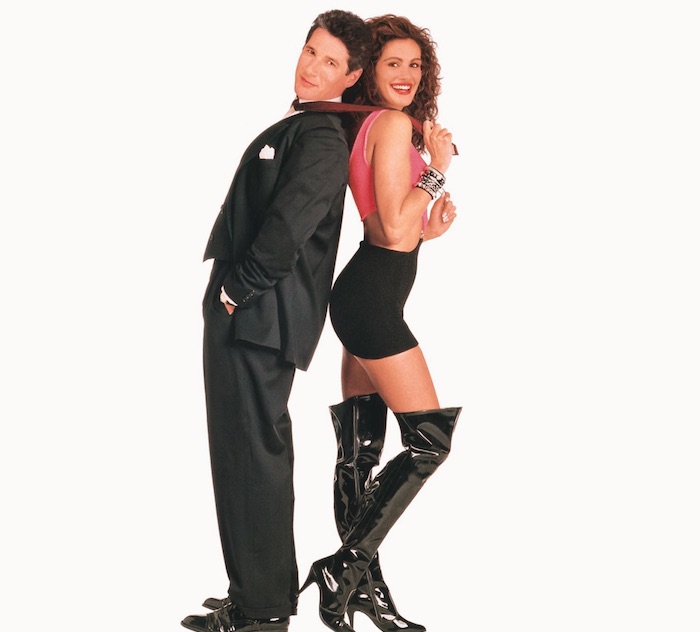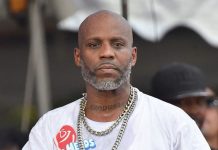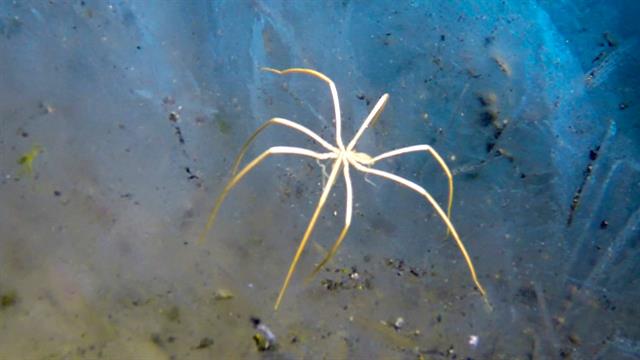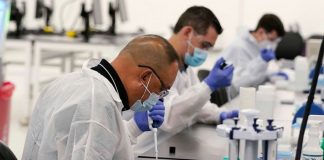The Real Pretty Woman ending revealed: The original script was far from a fairytale.
Instead, the Hollywood Boulevard hooker Vivian Ward had been devastatingly deserted by her customer after agreeing to a week without cocaine in exchange for rendezvousing with a ruthless financier.
“At the end of the original script, Richard [Gere]’s character threw my character out of the car, threw the money on top of her and drove away and the credits rolled,” Julia Roberts told NBC’s Matt Lauer during a 25 year reunion interview.
Yes, a quarter of a century later, Hollywood is still enamored with the surprisingly endearing love story between a prostitute and a business man that catapulted Roberts to “It Girl” status, become one of the signature moments of director Garry Marshall’s career and birthed the iconic phrase, “Big mistake. Big. Huge.”
Still, history may not have received the film so fondly in its original form. As the behind-the-scenes story goes, screenwriter J.F. Lawton was struggling to stand out when he penned a film called 3,000—a reference to “how much money she got paid,” Roberts explained.
“I was a screenwriter who was trying to get a job, I was unemployed and I was working in post-production and I was trying to sell scripts, and I had been writing all of these ninja scripts and comedies, and I just couldn’t get any attention,” Lawton told Vanity Fair. “I suddenly said, ‘Well, maybe I need to do something more serious and dramatic.'”
His initial result did include a Los Angeles prostitute and a business man, but it was far from lighthearted. Lawton’s script even held some of the final film’s signature moments, including Vivian soaking in a bathtub, helping Edward with his tie, their trip to the opera and being rejected from a chic boutique.
However, the character was miles away from the endearing, drug-free and seemingly innocent woman Roberts ultimately brought to the silver screen. Even the film’s final moment featured Vivian staring “with utterly blank and empty eyes” out of a bus window as she and best friend Kit headed off to Disneyland—a solemn note to the film’s grave conclusion.
Then, Disney got involved. As the magazine described, Vestron producers originally purchased the script after a run at the Sundance Institue, but after the company folded, Disney—on a quest for something “darker”—took over the project.
At the time, Marshall had successfully finished Disney’s Beaches, the 1988 drama chronicling the intertwined lives of two female best friends until one—spoiler alert!—tragically dies. As VF noted, Disney wanted to woo the director with an uncharacteristically darker project akin to the Bette Middler film.
Following great debate over a new ending and several rewrites involving a handful of writers later, the modern fairy tale we know today had come to fruition, complete with that signature fire escape kiss and a happy finale with a feminist twist.
“My vision was a combination of fairytales. Julia was Rapunzel, Richard was Prince Charming and Hector [Elizondo] was the fairy godmother,” Marshall told Vanity Fair. “It didn’t seem like a vision everybody would have, but I did.”
Fortunately, his vision wasn’t a big mistake. The movie remains Disney’s highest grossing R-rated film to date—talk about a fairytale ending.












